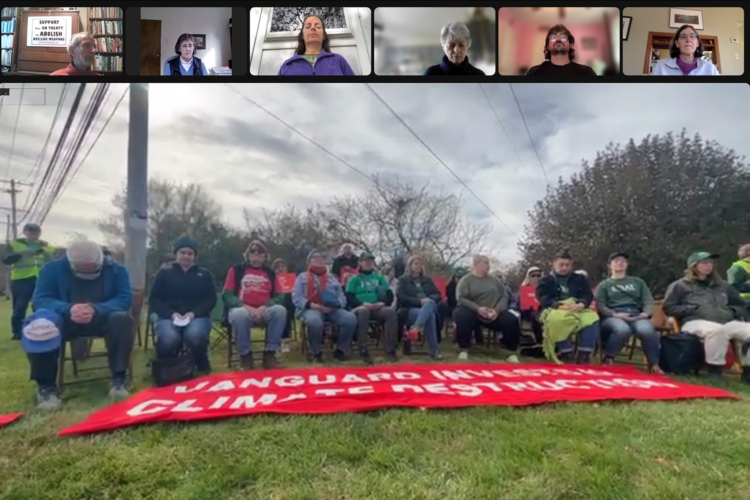Prioritizing Environmental Justice as We Transition Into A Green Economy

by Jus Tavcar.
With the historic passage of the Inflation Reduction Act (IRA) in August, a significant amount of funding has been issued for developing green technologies that are set to advance the U.S. economy.
We join with the rest of the environmental community in celebrating this monumental legislation, which sets the nation on a path to cut emissions by 40% by 2030. The government is financing tax credits and developments in solar and wind power, energy storage technology, and domestic clean energy supply chain and production. The IRA also allocates funding to low- and zero-emissions public vehicles, as well as tax credits for purchases of electric vehicles.
Critically, the legislation also includes investments in energy developments for communities historically marginalized by fossil fuel-produced climate change, known as environmental justice communities.
Allocations to environmental justice communities in the IRA, worth $60 billion, include grants to support community-led projects in disadvantaged communities and funds dedicated to bonus credits for renewable energy sources in low-income areas. Additional funding is intended to boost the resilience of Native communities and the landscapes that serve as their food sources, which have been impacted by climate.
But these provisions, although historically outstanding, are just the first step. As the federal government enacts the Inflation Reduction Act, we must ensure that it prioritizes the needs of communities that have historically borne the brunt of environmental harm in this country.
We already see an example of this tension in central California. The Northern Chumash Tribal Council (NCTC) in San Luis Obispo County has submitted a proposal for federal approval of the Chumash Heritage National Marine Sanctuary in the Morro Bay offshore area. NCTC filed a submission for the sanctuary in 2015 to the National Oceanic and Atmospheric Administration (NOAA). But the proposal, on track to be approved by 2023, is now interfering with the plans to build a large floating offshore wind farm.
Plans for the farm promise to create over 2,000 jobs over a five-year period and help speed up California’s goal of producing five gigawatts in offshore wind energy by 2030 and 25 gigawatts by 2045. The Morro Bay wind farm has, with other similar projects in the area, the potential to produce 4.6 gigawatts, enough to power 1.6 million homes.
However, the Chumash community in the area is concerned by the fact that the wind project would place more than 380 wind turbines northwest of Morro Bay, about two and a half miles offshore. Some proposals for implementation are inside the boundaries of the planned sanctuary. If built in the area or immediate proximity, the turbines could harm the ecosystem, including its delicate seafloor.
As the negotiations continue between stakeholders we remain focused on ensuring a sustainable, just future for all parties involved. Though green technology developments are an exciting piece of the new legislation, we must be aware of the people and land that are vulnerable to new developments.
We urge you to call on your lawmakers to support the Environmental Justice for All Act. If passed, the bill would fortify environmental regulation, improve health equity, and support local frontline organizations focused on the health of their communities.
Jus Tavcar is the program assistant for sustainable energy and environment. In his work, Jus lobbies Congress to pass policies in favor of transitioning into a just green economy. Learn more at FCNL.org.


